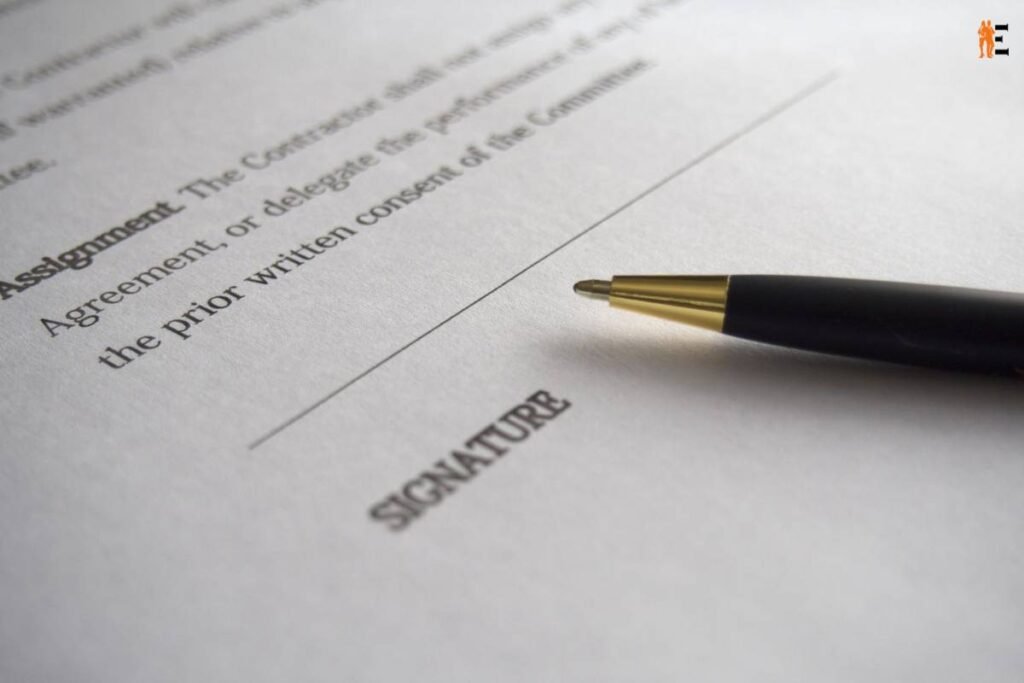Protecting information with a Non-disclosure Agreement is an essential step for any business looking to safeguard its trade secrets. Non-disclosure agreements (NDAs) are legal contract that protects confidential information shared between two or more parties. These agreements can be vital to a company’s success, as they protect sensitive information such as trade secrets, customer data, and other proprietary information. NDAs can also help companies maintain a competitive edge by preventing their competitors from using or sharing their confidential information. In this article, we will discuss how and when to Protect confidential information with a Non-disclosure agreement.
What is a Non-disclosure Agreement (NDA)?
A non-disclosure agreement is a legal contract between two or more parties that outlines the confidential information that will be shared and the restrictions on the use and disclosure of that information. The parties involved in the NDA are typically referred to as the disclosing party and the receiving party.
The disclosing party is the party sharing the confidential information, while the receiving party is the party that receives the confidential information. In today’s fast-paced business world, protecting information with a Non-disclosure Agreement is crucial to maintaining a competitive advantage.
NDAs can be unilateral or mutual. Unilateral NDAs are used when only one party will be sharing confidential information, while mutual NDAs are used when both parties will be sharing confidential information. In a mutual NDA, both parties agree to keep each other’s confidential information confidential. When it comes to sensitive business information, protecting information with a Non-disclosure Agreement can help prevent unauthorized disclosure.
When should you use a Non-disclosure Agreement?

NDAs can be used in a variety of situations where confidential information needs to be shared. Here are some common situations where an NDA may be necessary:
- Protecting Trade Secrets: Companies may need to share their trade secrets with employees, contractors, or other companies. NDAs can be used to protect these trade secrets and prevent them from being used or shared without the company’s permission.
- Confidential Business Information: Companies may also need to share confidential business information with potential investors, partners, or customers. NDAs can be used for protecting information with a Non-disclosure agreement from being shared with unauthorized parties.
- Employee Confidentiality: NDAs can also be used to protect the confidential information of employees. Employers may require employees to sign an NDA as a condition of employment to ensure that confidential information is not shared with unauthorized parties.
- Protection in Business Negotiations: Companies may also use NDAs during negotiations with potential partners, investors, or customers. NDAs can be used to ensure that confidential information shared during negotiations remains confidential.
- Protecting Customer Data: Companies that collect and store customer data may also use NDAs to protect this information. NDAs can be used to prevent customer data from being shared with unauthorized parties, which can help in Protecting information with a Non-disclosure Agreement.
How to Draft a Non-disclosure Agreement?

If you decide to use an NDA, it is essential to draft the agreement carefully to ensure that it is legally enforceable. Here are some key elements that should be included in an NDA:
- Define Confidential Information: The NDA should clearly define what information is considered confidential. This can include trade secrets, customer data, and other proprietary information.
- Specify the Purpose: The NDA should specify the purpose of the agreement, including why the confidential information is being shared and how it will be used.
- Obligations of the Receiving Party: The NDA should outline the obligations of the receiving party, including the restrictions on the use and disclosure of confidential information.
- Obligations of the Disclosing Party: The NDA should also outline the obligations of the disclosing party, including any restrictions on the use of confidential information by the receiving party.
- Term and Termination: The NDA should specify the term of the agreement and how it can be terminated.
- Governing Law: The NDA should specify the governing law and jurisdiction that will apply in the event of a dispute.
- Remedies for Breach: The NDA should specify the remedies that will be available in the event of a breach, including damages and injunctive relief.
- Exclusions: The NDA should specify any exclusions to the confidentiality obligations, such as information that is already known to the receiving party or information that is publicly available.
- Signatures: The NDA should be signed by both parties to indicate their agreement to the terms of the agreement.

It is important to note that NDAs should be drafted by a qualified attorney to ensure that they are legally enforceable and meet the specific needs of your company.
When is an NDA Enforceable?
For an NDA to be enforceable, it must meet certain requirements. First, the agreement must be in writing and signed by both parties. Second, the agreement must clearly define what information is considered confidential and how it will be used. Third, the agreement must include restrictions on the use and disclosure of confidential information. Finally, the agreement must be reasonable in scope and duration.
If one party breaches the NDA, the other party may seek legal remedies, such as damages or injunctive relief. However, to enforce the NDA, the disclosing party must prove that the information shared was confidential, that the receiving party breached the NDA, and that the breach caused harm to the disclosing party. Overall, protecting information with a Non-disclosure Agreement is a smart and necessary step for any business owner who wants to safeguard their company’s future.
Conclusion
Protecting information with a Non-disclosure Agreement can be a vital tool. NDAs can be used to protect trade secrets, confidential business information, employee confidentiality, and customer data, and in business negotiations. When drafting an NDA, it is important to define the confidential information, specify the purpose, outline the obligations of both parties, specify the term and termination, and include remedies for breach.
NDAs must meet certain requirements to be enforceable, including being in writing, clearly defining the confidential information, including restrictions on use and disclosure, and being reasonable in scope and duration. It is always advisable to have an attorney draft and review the NDA to ensure that it is legally enforceable and meets the specific needs of the company. Businesses of all sizes and industries can benefit from protecting information with a Non-disclosure Agreement.











